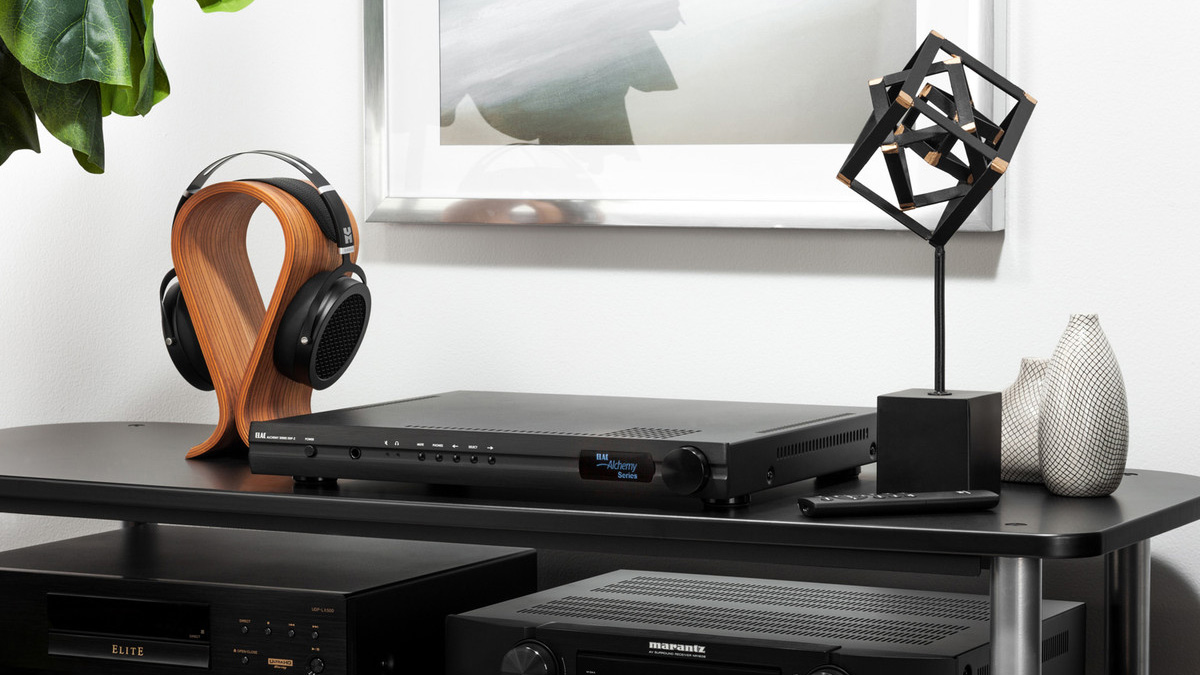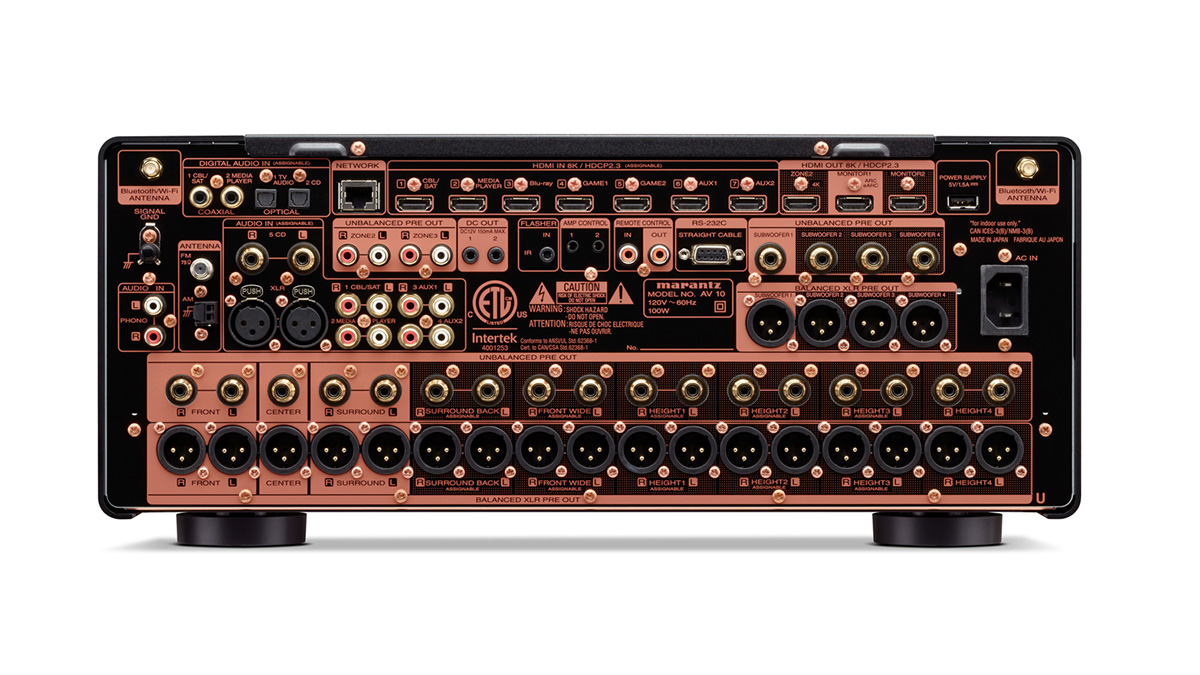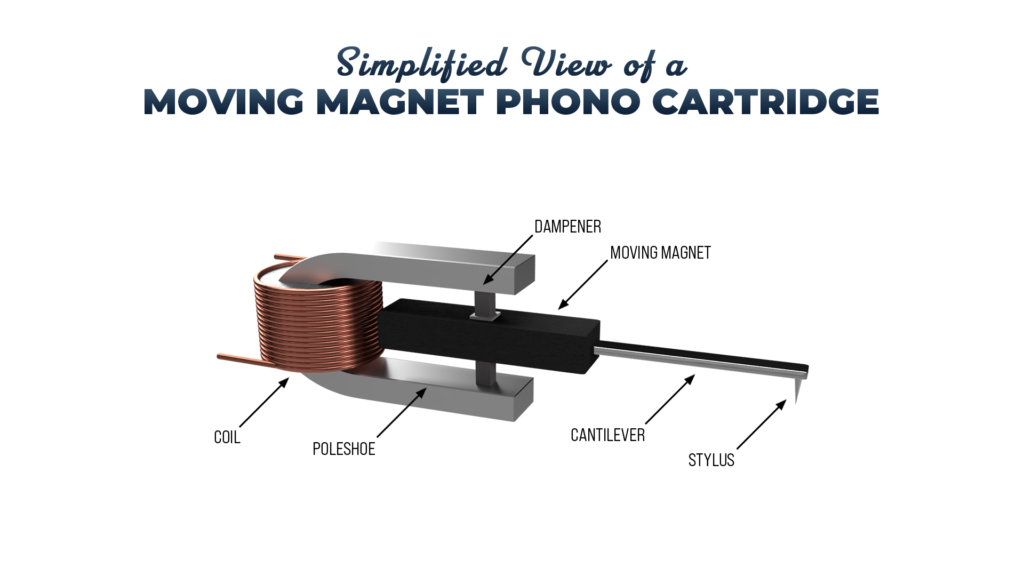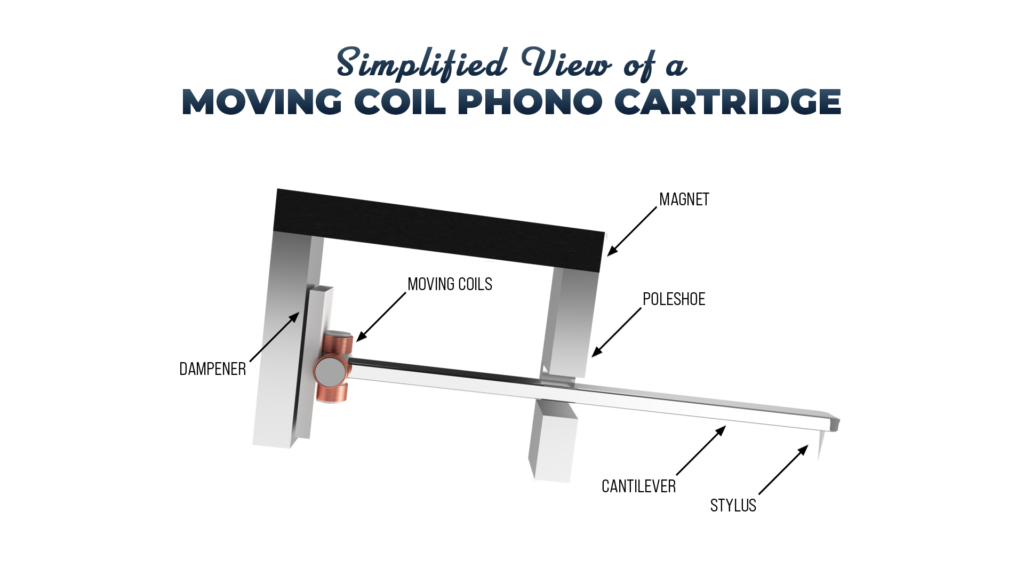Preamplifier Guide
Welcome to our deep dive into the world of preamplifiers, a key component in any audiophile’s sound system. As an essential part of the audio signal chain, a preamplifier takes the low-level signal from your audio source and amplifies it to a level suitable for further amplification or processing. Choosing the right preamplifier can significantly enhance your listening experience, but it can be a daunting task given the variety of options available. In this guide, we’ll demystify the role of preamplifiers, explore the different types available, and provide tips on how to choose the right one for your system.

Turntables, CD players, and music streamers, among many other High Fidelity audio sources, are all uniquely sophisticated equipment. However, sometimes they need some help to produce their best sound. One way help arrives is by devices called preamplifiers. Any audio system can benefit from a quality preamplifier. Whether integrated into another unit or their own stop in the signal flow, a preamp is critical to getting the best from your audio source, whether from vinyl, CDs, streaming, or even cassettes. Audio Advisor knows about preamps; we've continuously studied them for over 40 years. This guide will go through what preamps do, their components, some different kinds, and more basics to know about them.
“Whether it's somewhere built into your signal flow or an external unit, a preamp is critical to hear the sound you want from your sources.”
What does a Preamplifier do?
Preamplifiers play a critical role in audio systems by processing low-level audio signals from various sources and preparing them for further amplification. Their main functions include signal amplification, impedance matching, source switching, and control over the audio.
The preamplifier's input section will often consist of multiple input jacks or connectors that allow you to connect various audio sources. Common inputs include RCA, XLR, and sometimes digital inputs like USB or optical for music streamers. If the preamplifier has multiple inputs, it will feature selector switches or buttons that enable you to choose the desired audio source for playback. Once the audio signal has been processed and amplified, the preamplifier sends it to the power amplifier through the output jacks, typically using RCA or XLR connectors. Preamplifiers require a power supply to operate their electronic circuits. Some preamps have built-in power supplies, while others might need an external power source. Preamplifiers often have grounding and shielding mechanisms to minimize noise and interference, protect the audio signals from external electromagnetic interference, and ensure a clean output.
Preamps tend to feature control knobs to adjust the audio. These allow you to set the system's output volume, and some preamplifiers offer bass, treble, or other tone adjustments, allowing for fine-tuning the sound. However, not all preamps have these controls, especially in high-end audiophile systems prioritizing minimal signal interference. This is the core of the preamplifier, where the low-level audio signals received from the input are amplified to line-level signals. Operational amplifiers (op-amps) or vacuum tubes are commonly used for this amplification process. Preamplifiers ensure that the output impedance of the audio source is matched with the input impedance of the power amplifier. Proper impedance matching avoids signal loss and maintains signal integrity.
Preamplifier vs Amplifier
The purpose of a preamplifier is to process low-level audio signals from various sources and prepares them for further amplification by amplifiers. It amplifies the signal, matches input impedance with output impedance, and provides essential controls and signal processing to optimize the audio. On the other hand, amplifiers boost the signals to drive the speakers. While preamps focus on signal processing and amplification, power amplifiers primarily focus on providing sufficient power to drive the speakers and produce the desired volume and clarity of sound. Therefore, preamps are critical for getting the best from most audio sources.
Integrated vs Separates
One of the biggest debates in audio systems is integrated components vs separates, commonly discussed regarding preamplifiers. Integrated amplifiers combine a preamplifier and a power amplifier into a single unit. This can be a convenient and cost-effective solution for those who want a high-quality audio system without the hassle of separate components. However, there are some factors to consider when choosing between an integrated amp and separate preamplifier and amplifier units.
The first is flexibility. With separate units, you have the ability to mix and match components to create a system that meets specific needs or preferences. With an integrated amplifier, you are limited to the components included in the unit.
Another factor is upgradeability. With separate components, upgrading one component at a time is simpler, allowing for gradual system improvement. With an integrated amplifier, the entire unit would need to be upgraded.
Passive vs Active
There are two main types of preamplifiers: passive and active. While you may not see passive preamplifiers nearly as much, knowing what makes them unique is handy. Passive preamplifiers do not have a power supply and do not amplify the audio signals. Instead, they use passive components such as resistors, capacitors, and transformers to match the input and output impedance and attenuate the signal to the desired level. Passive preamps are simple in design and maintain a cleaner audio signal. However, they can suffer signal loss with long interconnect cables or low-output sources.
On the other hand, active preamplifiers use active components such as transistors or tubes to amplify the audio signal. They require a power supply to operate. Active preamps offer greater flexibility and work with a broader range of audio sources and systems. They can also provide more signal gain and drive power amplifiers without additional signal boosting. However, they are more likely to introduce noise and distortion into the audio signal, especially if poorly designed or manufactured.
Passive preamps are ideal for simple audio systems with short interconnect cables and high-output sources. They are also helpful for audiophiles who prefer pure, transparent sound without coloration or distortion. Active preamps are better suited for complex audio systems with long interconnect cables, low output, or multiple audio sources. They can also provide more tonal control and customization options.
Inputs and Sources
Preamplifiers can process low-level audio signals from various sources, and most will have a multitude of input jacks or connectors to accommodate different audio equipment, including RCA and XLR cables, two of the most widely used audio cables. Many preamps will also include USB, optical, and coaxial, among other digital cable ports. They may even include phono inputs or a tape loop for anyone who enjoys finer vintage and retro audio sources.
Multiple inputs on a preamplifier allow you to switch between different audio sources easily and quickly without unplugging and replugging cables. It also allows you to use different audio equipment with your preamp, making it a versatile system component.
Phono Stages
One specific preamplifier requires special attention: the phono stage, also known as the phono preamp. This type is specially designed to operate with turntable cartridges, which are responsible for transcribing audio data from vinyl records into signals that an audio system can amplify. These signals start off very weak, right around .001 mV, and require a phono preamp to boost them to a level that can be processed and amplified by a power amplifier. The phono stage also provides equalization and impedance matching to optimize the audio signal.
This isn’t the only reason phono stages are necessary for turntable audio setups. When vinyls are made and pressed with audio data, manufacturers must cut out some bass frequencies and boost some higher frequencies to ensure enough space on the vinyl. As a result, phono stages are designed to compensate and equalize the frequencies back to their intended sound.
Another important thing to note about phono preamps' relationship with turntables is that some phono stages are only compatible with certain cartridges. There are two main ones to look out for, and we will quickly touch on them before moving on.
Moving-Magnet vs Moving-Coil
A moving magnet cartridge is the most common and compatible with most preamps. The cantilever (the element connected to your stylus) is connected to two magnets that vibrate with the cantilever. These vibrations produced by the magnets are in close proximity to coils in the cartridge; this creates an electrical charge or signal.
Moving Coil cartridges are slightly rarer. They have lower overall output and require more amplification, but they are more exact. Moving Coil cartridges work by suspending a coil connected to the cantilever next to a fixed magnet to produce an electrical charge. This process is more fluid than moving magnet cartridges, and it has the potential to create an overall better sound quality.
Outputs
An audio preamplifier sends the processed audio signals to the amplifier through the output jacks, typically using RCA or XLR connectors. Some preamps also feature digital outputs like USB, optical, or coaxial. These outputs allow you to connect the preamp to audio equipment, such as a computer or a digital-to-analog converter (DAC). The output section is crucial to the preamp, as it determines the output quality and compatibility with other audio equipment.
Matching Components
It's important to keep in mind the type of preamplifier being used. This is because different amplifiers have varying input sensitivities and impedance levels, which can be affected by the type of preamp used. To ensure optimal sound quality, it's necessary to choose an amplifier with the appropriate input sensitivity and impedance to match the preamplifier's output level and impedance. Failure to do so can lead to signal loss, distortion, and compromised sound quality.
It's crucial to view the preamp and amplifier as integral components of a complete audio system and consider their compatibility to ensure they work together seamlessly. Taking the time to carefully select and match these components can result in a superior audio experience with optimal sound quality and clarity.
Don’t Get Dissuaded by Confusion
Remember, a preamp is essential for turntables to produce quality sound, and it can also benefit other audio sources, including CDs, streaming, and even cassette players. There is a lot to learn about preamplifiers, but certainly, this is an excellent start! If you want to learn more about preamplifiers, our audio experts are on hand to help you, and just one phone call or email away. We also have a preamplifier buying guide here if you’re ready to learn more about what to look for when shopping for a preamp.





